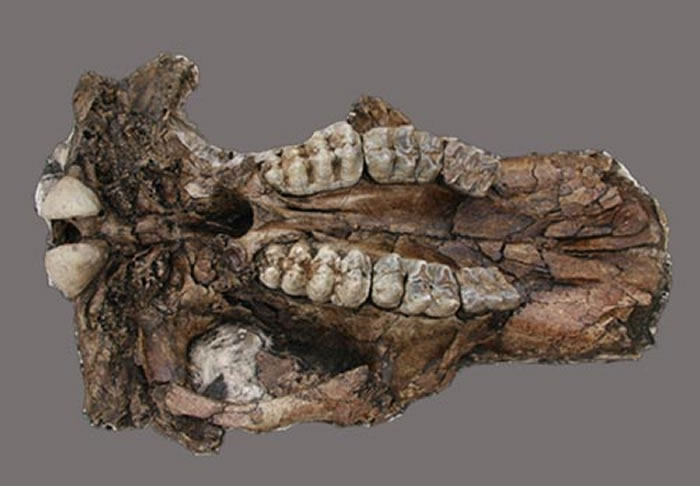This is NEWS Plus Special English.
Chinese amphibians now have DNA barcodes since the website "Amphibian China" went online.
The website has been developed by the Kunming Institute of Zoology under the Chinese Academy of Sciences. It provides information of Chinese amphibians for herpetologists and the public alike.
Currently, the data of 300 species of Chinese amphibians is listed on the website.
Zoologists say the DNA barcodes will cover the entire 430 Chinese amphibian species within two years.
DNA barcoding was initiated by Canadian scientist Paul Hebert in 2003. It is a way to identify species by a short genetic marker. The technology has been adopted in fields including species identification and biological medicine.

This is NEWS Plus Special English.
A giant panda breeding center in southwest China's Sichuan Province has decoded 13 different kinds of giant panda vocalizations, offering a surprising new insight into the private lives of these reclusive creatures.
The China Conservation and Research Center for the Giant Panda has been working on a panda linguistics project since 2010. They first made recordings of pandas at the center in various situations including eating, nursing and fighting.
They collected a large amount of data on pandas' voices and activities, and analyzed the voiceprints.
Panda cubs can barely speak at all except to make noises like "Gee-Gee", meaning "hungry", "Wow-Wow", meaning "unhappy" and "Coo-Coo" which means "nice ".
Researchers say understanding their language helps better protect the animals, especially in the wild.

This is NEWS Plus Special English.
The skull of a Chinese mastodon which lived around six million years ago has been discovered in southwest China's Yunnan Province.
Archeologists say the find has puts the history of the species back one million years.
The fossil was found in Zhaotong City by a team of archeologists from China and the United States.
An earlier fossil of the Chinese mastodon was found in north China's Shanxi Province.
The latest discovery indicates that the origin of the species may have been in Yunnan and the surrounding areas.
The study was jointly carried out by archaeologists from the Chinese Academy of Sciences and Pennsylvania State University in the United States.












